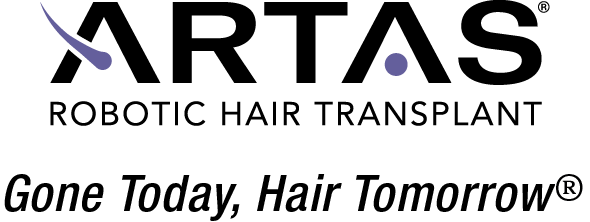What is Trichotillomania?
Trichotillomania is a chronic mental health condition fixated on pulling out one’s hair. It is estimated to affect 200,000 people every year in the United States alone. It disproportionately affects adolescent
People affected by trichotillomania find it very difficult to control the impulse of hair pulling, most commonly from the scalp, eyelashes, or eyebrows. They have most likely made repeated attempts to stop the behavior on their own, but have been unsuccessful. It is very important for anyone suffering
What are the Symptoms of Trichotillomania?
Trichotillomania is considered a largely self-diagnosable
Symptoms include:
- Noticeable hair loss.
- A sense of tension which is released when pulling out one’s own tresses.
- Impaired functioning in other areas of life, including difficulty in social situations or at work. Individuals may experience embarrassment that drives them away from public situations.
- Often, rituals are associated with the behavior, such as looking for particular types of strands to pull, pulling it in a very specific manner, or biting or eating the hair.
What Causes Trichotillomania?
While there is no specific known cause of this mental health condition, it is often seen in conjunction with other related illnesses, such as
While we might not always know what causes it, researchers have found the results of trichotillomania in the lives of people suffering from it. One of the most debilitating outcomes seems to be the shame and embarrassment involved, which is often made worse by the struggles adolescents have with self-esteem and bullying. The disorder sometimes leads people to avoid close relationships and intimacy later in life due to fears of their disorder being discovered.
How is Trichotillomania Treated?
Like other behavioral disorders, trichotillomania is generally treated with psychotherapy and medications. These two methods are usually used
Disclaimer: We are unable to guarantee any result, even though most of our patients do see success. The results of our services will vary greatly to each patient’s level of commitment and compliance with the program.
KW: hair loss Palo Alto


